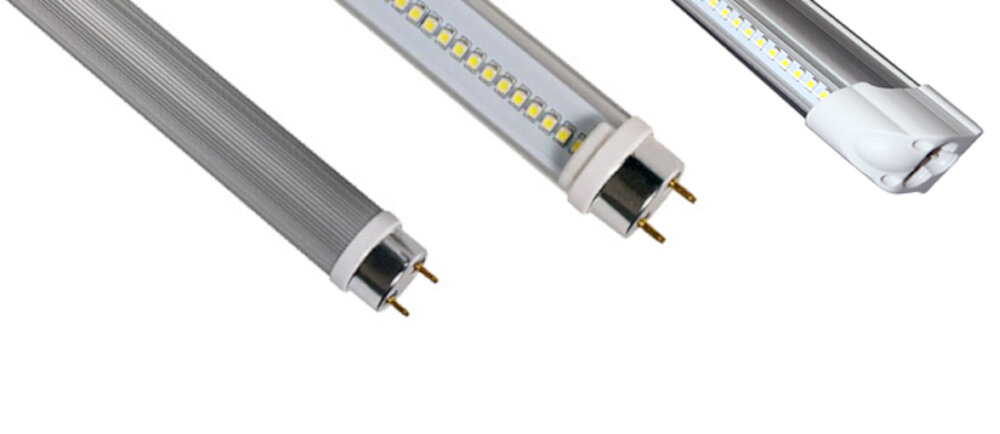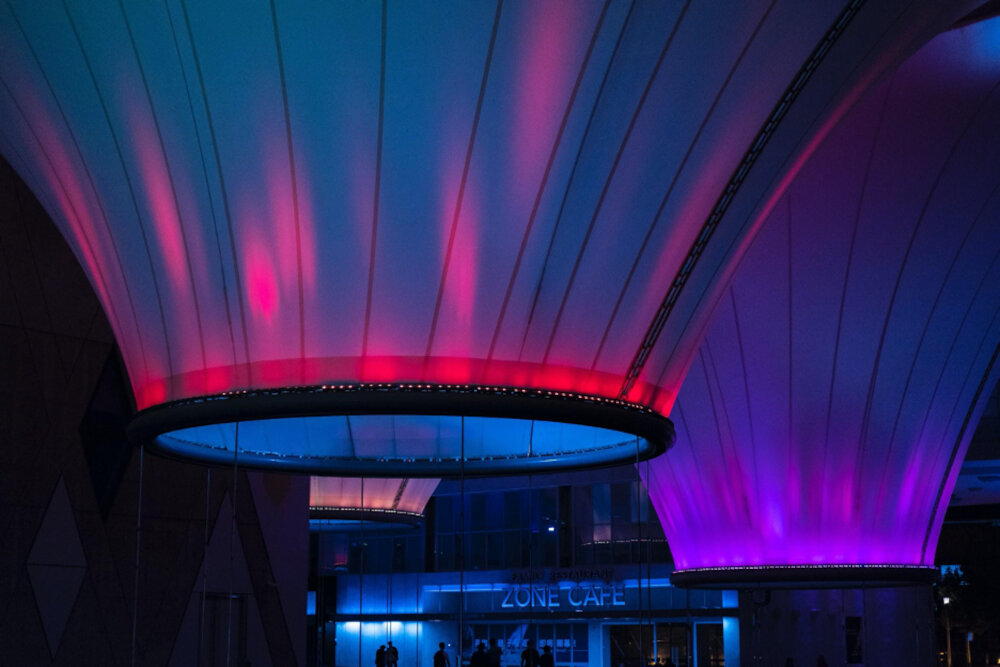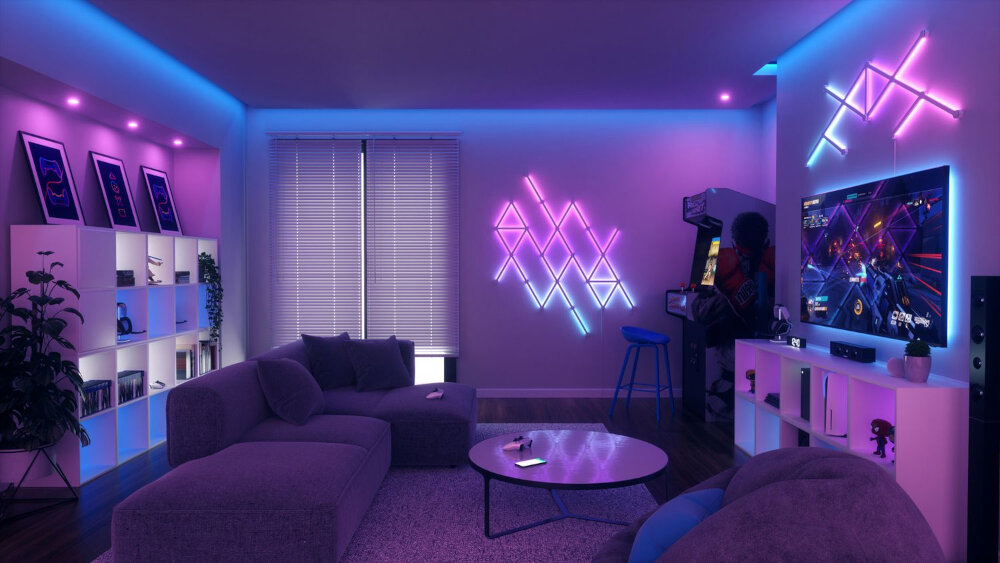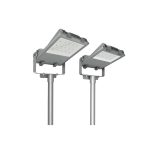Calculate Your Electricity Bill: How Much Does It Cost to Run a 60W LED Light Bulb for 24 Hours?

Electricity bills can be a source of confusion and frustration for many individuals, as it can be challenging to determine how much it costs to run specific appliances or devices. With the rise of energy-efficient options, such as LED light bulbs, it can be challenging to determine how much money you are saving. However, by understanding the wattage of your devices and the cost of electricity in your area, you can easily calculate your electricity bill. In this article, we will focus on the cost of running a 60W LED light bulb for 24 hours and provide you with a straightforward calculation process to determine your electricity bill accurately. LED light bulbs are known for their energy efficiency and long-lasting nature, making them a popular choice for homeowners and businesses. However, even with their energy-saving benefits, it is still essential to understand how much they cost to run to avoid any surprises on your electricity bill. In this article, we will delve into the specific details of how much it costs to run a 60W LED light bulb for 24 hours, including the cost of electricity in your area and the wattage of the bulb. By the end of this article, you will have a clear understanding of how to calculate your electricity bill and gain insight into how LED light bulbs can help you save money in the long run.
Electricity bills are calculated using a variety of factors, including the amount of electricity consumed, the rate at which it is consumed, and any additional fees or taxes that may apply. The amount of electricity consumed is typically measured in kilowatt-hours (kWh), which is the energy used by a device that operates at a power of 1,000 watts for one hour. The rate at which electricity is consumed varies depending on the time of day, day of the week, and the type of utility company that provides the electricity. Additionally, some utility companies may charge additional fees for services such as meter reading, connection fees, or taxes. Overall, understanding how electricity bills are calculated is important for consumers to be able to manage their energy consumption and budget effectively.
Understanding energy consumption is crucial in various aspects of our lives. Firstly, it helps us to be more conscious of our carbon footprint and environmental impact, allowing us to make changes to reduce our energy usage and promote sustainability. Secondly, it enables us to manage our finances better by monitoring and controlling our energy usage, ultimately reducing our bills. Additionally, understanding energy consumption empowers us to make informed decisions when purchasing appliances and electronics, considering not only the upfront cost but also the long-term operating costs. Overall, having a comprehensive understanding of energy consumption is essential for both environmental and financial sustainability.
Factors Affecting Energy Consumption

Energy consumption is the amount of energy consumed by a household or a business establishment. It is influenced by several factors, including the size of the dwelling or the building, the number of occupants and appliances, and the climate. For instance, larger homes with more occupants and more appliances will have higher energy consumption than smaller homes with fewer occupants and fewer appliances. Similarly, buildings in colder climates will have higher energy consumption due to the need for heating. Other factors, such as the age of the equipment and the level of insulation, can also impact energy consumption, as old equipment tends to use more energy, and poor insulation leads to energy loss. Another important factor affecting energy consumption is the type of energy source used. Electricity is the most common energy source used in households and businesses, and it is generally more expensive than other sources such as natural gas or oil. The cost of electricity varies depending on the region and the provider, but it is usually charged based on the amount used per kilowatt-hour (kWh). This means that households and businesses that consume more energy will have higher electricity bills. Therefore, it is essential to consider the factors that affect energy consumption when trying to reduce energy costs, such as upgrading to energy-efficient appliances, improving insulation, and reducing unnecessary energy use.
The wattage of a light bulb is a measurement of the amount of energy it consumes to produce light. It is an important factor to consider when calculating your electricity bill. The higher the wattage of a bulb, the more energy it will consume, and the more it will cost to run. In recent years, LED light bulbs have become increasingly popular due to their energy efficiency. A 60W LED light bulb, for example, can produce the same amount of light as a traditional 60W incandescent bulb while using significantly less energy. By using LED bulbs with lower wattages, you can reduce your energy consumption and save money on your electricity bill over time.
When it comes to calculating your electricity bill, hours of usage play a crucial role. The number of hours that you use your electrical appliances significantly affects your monthly energy consumption and the total amount that you will have to pay. Whether it’s a 60W LED light bulb or any other electrical device, the longer you use it, the more energy it consumes, resulting in a higher electricity bill. Therefore, it’s essential to be mindful of how long you use your appliances and try to minimize their usage to save energy and reduce your electricity expenses.
The cost per kilowatthour (kWh) is a standard unit of measurement used to determine the cost of electricity usage. It represents the amount of energy consumed in one hour by a device with a power rating of one kilowatt. The cost per kWh varies depending on the region, electricity provider, and the time of day. It is essential to know the cost per kWh to accurately calculate your electricity bill. For instance, if you run a 60W LED light bulb for 24 hours, the cost will depend on the cost per kWh in your area, which can range from a few cents to several dollars. Therefore, understanding the cost per kWh is crucial in managing your energy consumption and reducing your electricity bill.
Calculating Energy Consumption

Calculating energy consumption is an important aspect of managing your electricity bill. It involves determining the amount of energy consumed by an electrical device over a given period. This process is necessary to keep track of your energy usage and to identify ways to reduce your electricity bill. The formula used to calculate energy consumption is simple. It involves multiplying the power consumption of an electrical device by the time it was used, and then dividing the result by 1000. This calculation gives you the energy consumption of the device in kilowatt-hours (kWh). For instance, to calculate the energy consumption of a 60-watt LED light bulb that was used for 24 hours, you would multiply 60 watts by 24 hours, which gives you 1440 watt-hours. To get the energy consumption in kilowatt-hours, you would divide 1440 by 1000, which gives you 1.44 kWh. Once you have this figure, you can then use it to calculate the cost of running the LED light bulb for 24 hours. In addition, it is important to note that the cost of electricity varies depending on your location and the provider. Therefore, it is essential to check your electricity bill for the current rate per kWh and use it to estimate the cost of running your electrical devices.
The formula for calculating kWh is relatively simple. All you need to do is multiply the wattage of the appliance by the number of hours it is used, and then divide by 1000. This will give you the number of kilowatt-hours (kWh) that have been used. In the case of a 60W LED light bulb being used for 24 hours, the calculation would be as follows: 60W x 24 hours = 1440 Wh (watt-hours), which is then divided by 1000 to give 1.44 kWh. This means that the 60W LED light bulb would use 1.44 kWh of electricity if it was left on for 24 hours. It’s important to remember that the cost of electricity varies depending on where you live and the time of day, so it’s always a good idea to check with your energy provider for accurate pricing information.
To calculate the energy consumption of a 60W LED light bulb for 24 hours, we need to multiply the wattage by the number of hours used. In this case, 60W x 24 hours = 1,440 Watt-hours (Wh). To convert this to kilowatt-hours (kWh), we need to divide by 1,000, which gives us 1.44 kWh. The cost of running the light bulb for 24 hours depends on the price of electricity in your area. However, on average, the cost per kWh in the United States is around 13 cents. Therefore, the cost of running a 60W LED light bulb for 24 hours would be approximately 19 cents (1.44 kWh x 13 cents). By using energy-efficient LED light bulbs, you can significantly reduce your electricity bill and contribute to a more sustainable future.
Calculating Electricity Bill

Calculating electricity bills can be a bit challenging but is an essential task that every household needs to perform to keep track of their energy consumption. To calculate the electricity bill, one needs to know the energy usage of the appliance, the rate charged by the electricity provider, and the number of hours the appliance has been in use. The formula used for calculating electricity bill is simple and straightforward, where the energy usage is multiplied by the rate charged per unit, and the result is multiplied by the number of hours the appliance has been in use. This calculation gives the estimated electricity bill for the appliance. For instance, if you want to calculate the cost of running a 60W LED light bulb for 24 hours, you need to know the rate charged by your electricity provider per unit, which is usually measured in kilowatt-hours (kWh). Once you have the rate, you can calculate the energy usage of the light bulb by dividing the wattage by 1000 to convert it into kilowatts. Thus, the energy usage of the 60W LED light bulb is 0.06 kWh. Next, you need to multiply this energy usage by the rate charged per unit and then multiply the result by the number of hours the light bulb has been in use, which in this case is 24 hours. By performing this calculation, you can estimate the electricity bill for running a 60W LED light bulb for 24 hours.
The formula for calculating electricity bills may seem daunting at first, but it’s actually quite straightforward. To determine the cost of running an electrical appliance or device, you need to know its wattage, the number of hours it will be used, and the cost per kilowatt-hour (kWh) charged by your electricity provider. The formula for calculating electricity bills is: (wattage x hours used) / 1000 x cost per kWh. Using this formula, you can easily calculate the cost of running a 60W LED light bulb for 24 hours. Simply plug in the numbers and you’ll have an accurate estimate of the cost of your electricity bill.
Calculating the electricity bill for a 60W LED light bulb for 24 hours is a straightforward process. To determine the cost, you need to know the cost of electricity per kilowatt-hour in your area, which can be found on your utility bill. Next, you need to convert the wattage of the LED bulb to kilowatts by dividing 60W by 1000. This gives you a value of 0.06kW. Then, you multiply the wattage by the number of hours the bulb was in use, which in this case, is 24 hours. Therefore, the total energy consumed by the 60W LED bulb is 1.44 kilowatt-hours (kWh). Finally, you multiply the energy consumed by the cost per kilowatt-hour to get the total cost of running the bulb for 24 hours. Overall, calculating your electricity bill can help you manage your energy consumption and save money on your monthly utility bills.
Tips to Save on Your Electricity Bill

Electricity bills can be a significant expense for households and businesses alike. Luckily, there are plenty of tips and tricks that can help you save money on your electricity bill. One of the most effective ways to save on your electricity bill is to focus on reducing your energy consumption. This can be achieved by turning off lights and appliances when they are not in use, using energy-efficient light bulbs, and investing in energy-saving appliances. Additionally, you can reduce your energy consumption by making small changes to your daily routine, such as washing clothes in cold water and air-drying them instead of using a dryer. Another way to save on your electricity bill is to take advantage of time-based pricing plans. Many electricity providers offer time-of-use plans that charge different rates for electricity usage during different times of the day. By using electricity during off-peak hours, you can save money on your electricity bill. Additionally, you can also save money by taking advantage of energy rebates and incentives. Many utility companies offer rebates for purchasing energy-efficient appliances or making energy-efficient home improvements. By taking advantage of these rebates and incentives, you can save money on your electricity bill while also reducing your environmental impact.
Using energy-efficient bulbs is a great way to save money on your electricity bill. Traditional incandescent light bulbs are notorious for consuming a high amount of electricity and emitting heat, resulting in a higher cost of energy usage. However, with advanced technology, energy-efficient bulbs, such as LED lights, have emerged as a more cost-effective and environmentally-friendly option. LED lights consume less energy and last longer than traditional bulbs, making them a good investment in the long run. So, when it comes to lighting up your home, make sure to choose energy-efficient bulbs to reduce your electricity bill and contribute to a greener environment.
One of the easiest ways to save money on your electricity bill is by turning off lights when they are not in use. This simple habit can have a significant impact on your energy consumption and ultimately, your monthly expenses. By switching off a 60W LED light bulb when you leave a room, you can reduce your energy usage by up to 90%, depending on how long the light is left on. Not only will this save you money, but it is also an environmentally conscious action that can reduce your carbon footprint. So, next time you leave a room, make sure to switch off the lights to save on your electricity bill and help the planet.
One way to save on your electricity bill when using light bulbs is to take advantage of natural light sources whenever possible. Natural light not only helps to reduce energy consumption and costs, but it also provides a range of health benefits. Exposure to natural light has been shown to improve mood, productivity, and overall well-being. When you do need artificial lighting, consider using energy-efficient LED light bulbs, which use significantly less electricity than traditional incandescent bulbs. By making these small changes to your lighting habits, you can enjoy the benefits of a well-lit home while also reducing your energy consumption and costs.
Understanding energy consumption and calculating electricity bills is crucial for both individuals and businesses. As energy consumption continues to increase, it is important to be aware of how much energy is being used and the associated costs. By monitoring energy consumption, individuals can adjust their habits to reduce energy waste and lower their electricity bills. For businesses, understanding energy consumption can help identify areas where energy efficiency improvements can be made, leading to cost savings and a more sustainable operation. Additionally, calculating electricity bills can help with budgeting and planning for future energy expenses. Overall, having a clear understanding of energy consumption and electricity bills is essential for making informed decisions about energy use and reducing costs.
In conclusion, there are numerous ways to save on electricity bills, and it all begins with mindful consumption. By implementing small changes such as using LED light bulbs, turning off appliances when not in use, and using a programmable thermostat, you can reduce your energy consumption and save significant amounts of money each month. Additionally, investing in energy-efficient appliances, properly insulating your home, and utilizing renewable energy sources such as solar power can have a substantial impact on your electricity bill. Remember, every little bit counts when it comes to saving on electricity bills, and by making a conscious effort to reduce your energy consumption, you can not only save money but also contribute to a more sustainable future.
Conclusion

In conclusion, calculating your electricity bill is an essential step in managing your expenses and reducing energy consumption. By understanding how much it costs to run a 60W LED light bulb for 24 hours, you can make informed decisions about your lighting choices and adjust your daily habits to save money and conserve energy. It is crucial to consider the wattage, hours of usage and the cost per kWh to determine the overall cost of electricity consumption. While LED bulbs are a more energy-efficient option than traditional incandescent bulbs, energy-saving measures such as turning off lights when not in use and investing in smart home technology can further reduce your energy bills. Overall, by taking a proactive approach to energy consumption, you can not only save money but also contribute towards a more sustainable future.





